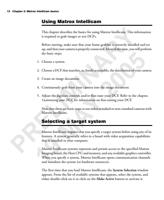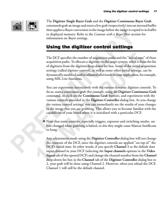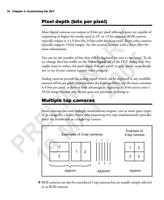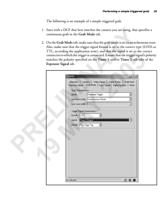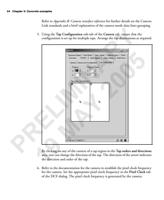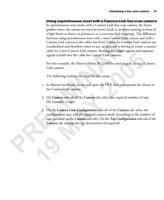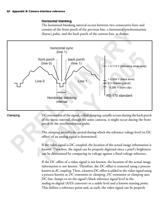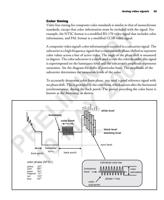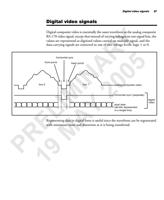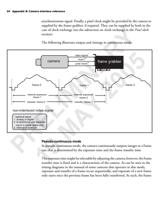
92 Appendix B: Camera interface reference
exposure timers on the frame grabber. You can also control serial line
configurations through an application supplied by the camera manufacturer, a
terminal emulator application, or software that communicates to the serial port.
Choosing between analog and digital
formats
Y Depending on the type of application, you can choose between analog or digital
cameras to best suit your needs.
R For instance, analog signals are very sensitive to electromagnetic noise. Noise will
A 5 directly affect the image (for example, cyclical noise might appear as periodic
vertical distortion). Analog video signals might be carried over a single wire. If you
require a cost-effective multiple-camera setup, such as for security applications,
IN 0 you might use analog cameras.
0 Digital cameras are less sensitive to noise and are increasing in popularity because
they support high frame rates, more accuracy, and large image sizes; however, they
IM 2 are generally less cost-effective than analog cameras. Cables for digital signals are
slightly more complex than for analog signals. The advantage over analog signals
is that digitization is directly carried out in the camera, unlike for analog signals.
L Y There are two types of digital cameras that are most common: "parallel-data"
digital cameras and Camera Link cameras. Parallel-data digital cameras require
one wire pair per data bit. Parallel-data digital cameras are typically referred to
E A simply as digital cameras.
There is no standard for analog or digital cables, whereas there are established
R M standards for Camera Link. This means that a custom cable must be built for each
different type of analog or digital camera, whereas Camera Link formats use
standard cabling.
P 19Camera modes of operation
Typically, cameras can be operated in any one of several modes. This section
discusses these modes. Note that camera terminology varies from one
manufacturer to another, so the definitions found here reflect Matrox Imaging
terminology.












